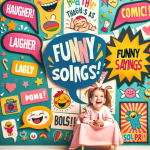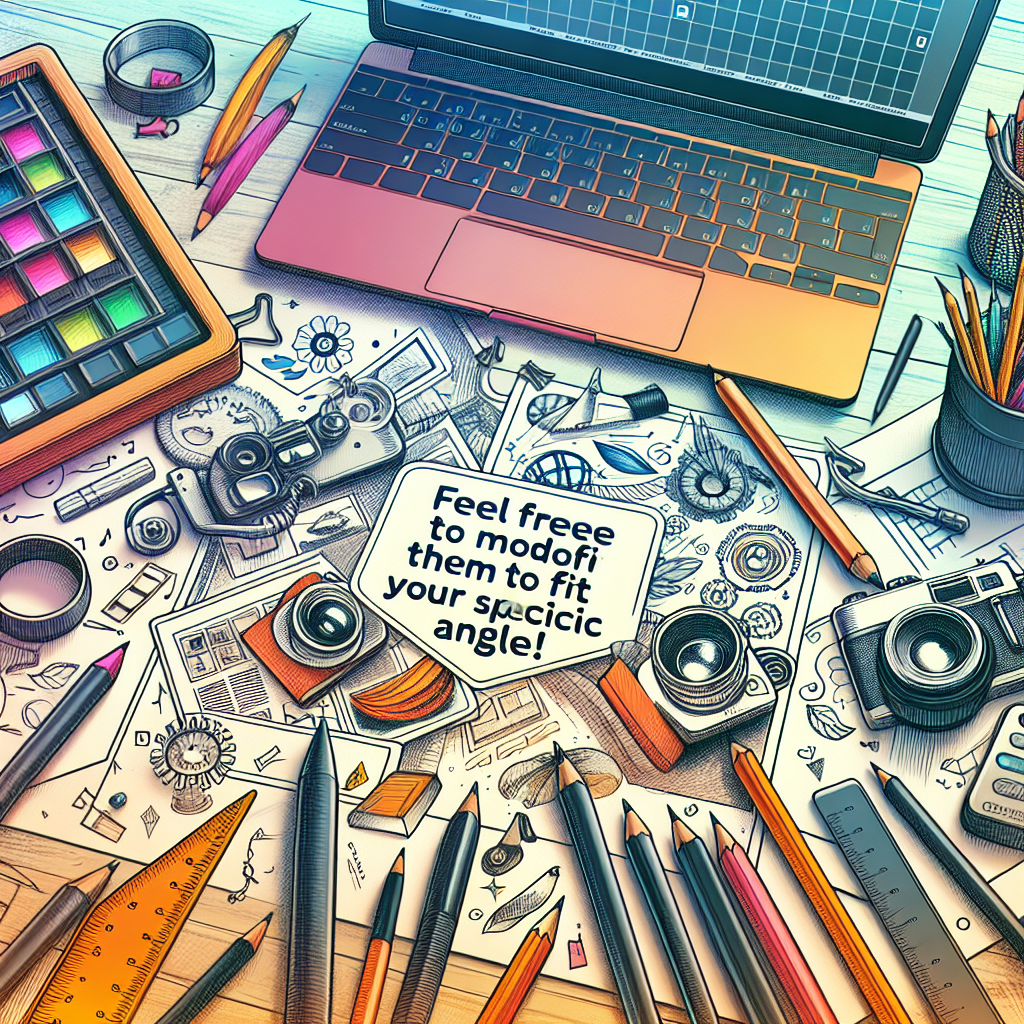Laughter from the Playground: A Collection of Kids’ Wit

Table of Contents
- The Importance of Laughter in Childhood Development
- Understanding Child Development
- Emotional Benefits
- Playground Humor: A Gem of Childhood
- The Playground as a Social Hub
- Kids’ Wit: Examples from the Playground
- The Psychological Aspect of Kids’ Wit
- Development of Cognitive Skills
- Social Skills Through Humor
- Fostering Laughter Beyond the Playground
- Creating a Laugh-Friendly Environment
- The Role of Media
- Conclusion: Embracing the Wit of Childhood
- External Links
- Internal Links
Laughter is a universal language. It transcends age, culture, and circumstance, serving as a bridge that connects us all. Among the most delightful expressions of laughter comes from children, often embodying pure, unfiltered wit. This article explores children’s humor, often found in playground settings, showcasing its importance not only for emotional growth but also for communication skills and social cohesion.
The Importance of Laughter in Childhood Development
Understanding Child Development
Laughter plays a crucial role in childhood development. According to the American Academy of Pediatrics, laughter can positively influence emotional and social skills, helping children express themselves and build relationships with their peers.
Research has shown that humor helps in the cognitive development of children, aiding in problem-solving and creativity. Children recognize patterns, make associations, and engage in imaginative play, all of which are stimulated by laughter and humor.
Emotional Benefits
Emotional regulation is another area where laughter is beneficial. Through humor, children can learn to cope with stress and anxiety. A study published in the Journal of Psychology highlights how laughter can lower stress hormones, promoting an overall sense of well-being.
Moreover, sharing laughs with peers fosters social bonds. Children often exhibit a sense of belonging when they engage in shared humor, reinforcing friendships and encouraging teamwork.
Playground Humor: A Gem of Childhood
The Playground as a Social Hub
The playground serves as an ideal backdrop for observing children’s wit. It is a space of freedom where kids can be themselves, unrestrained by adult expectations. This environment cultivates a unique brand of humor.
In playgrounds, laughter often comes from playful teasing, clever wordplay, and spontaneous games. The innocence of their jokes often shines through, revealing pure creativity untainted by societal norms.
Kids’ Wit: Examples from the Playground
Here are some classic examples of kids’ humor that often resonate on the playground:
-
Knock-Knock Jokes: These simple yet effective jokes are typically a child’s first foray into humor.
- Example: "Knock, knock."
- "Who’s there?"
- "Boo."
- "Boo who?"
- "Don’t cry; it’s just a joke!"
- Example: "Knock, knock."
-
One-Liners: Quick, witty remarks can elicit laughter instantly.
- Example: "Why did the cookie go to the doctor? Because it felt crummy!"
- Imaginative Play: Children often incorporate fantasy into their humor.
- Example: Pretending to talk like a superhero or creating ridiculous scenarios involving magical creatures can invoke belly laughs.
The Psychological Aspect of Kids’ Wit
Development of Cognitive Skills
Children’s humor often involves wordplay and puns, which can sharpen their cognitive skills. As they explore language and its nuances, children grasp complex concepts in a playful manner. According to psychological experts, humor enhances vocabulary and encourages children to think critically.
The simple act of creating jokes boosts a child’s confidence in language and communication. This also lays a foundational understanding of social cues and cultural references.
Social Skills Through Humor
Humor is highly social; sharing a laugh fosters connections among children. Learning what is funny and what is not helps children navigate social dynamics. They become adept at reading their peers, understanding when to engage and when to remain silent.
Engaging in playful teasing, as long as it remains lighthearted, teaches empathy and resilience. Children learn about boundaries and the importance of being sensitive to others’ feelings.
Fostering Laughter Beyond the Playground
Creating a Laugh-Friendly Environment
Parents and educators can encourage a culture of humor in both homes and schools. Here are some strategies:
- Storytelling: Sharing funny stories or humorous books can stimulate laughter and discussion.
-
Encourage Creativity: Allowing children to express themselves creatively can lead to spontaneous humor. Arts and crafts, imaginative play, and dramatic performances can be platforms for this.
- Model Humor: Adults can model a positive attitude towards humor. Using humor in interactions can make an environment feel warm and welcoming.
The Role of Media
Media, too, plays a crucial role in shaping children’s comedic understanding. Shows targeted at children often employ humor, showcasing both verbal and physical comedy, from silly antics to clever wordplay. Series like "SpongeBob SquarePants" and "Peppa Pig" not only entertain but also teach valuable lessons in humor.
Conclusion: Embracing the Wit of Childhood
Laughter from the playground serves as a testament to the vibrant life of childhood. The simple joy found in a child’s humor reflects their innocence and creativity. As parents, educators, and adults in general, it is our responsibility to cherish and nurture this aspect of children’s lives. By creating an environment that values laughter and imagination, we contribute significantly to their emotional and social development.
For more insights on childhood development and humor, consider exploring additional resources. Engaging with children’s humor not only enriches their experiences but reminds us all of the unfiltered joy that laughter can bring.
External Links
Internal Links
- Explore comprehensive strategies in Adapting Play for Social Development
- Read more about Creative Learning Through Play
By understanding and embracing the humor inherent in childhood, we not only enrich our interactions with children but also reaffirm the fundamental role laughter plays in human experience.
Latest Posts
You Might Also Like

Lorem ipsum dolor sit amet, consectetur adipiscing elit. Ut elit tellus, luctus nec ullamcorper mattis, pulvinar dapibus leo.
TOP NEWS
Copyright © 2025 FunnyShowStreaming.site | All rights reserved.



















Comments are off for this post.